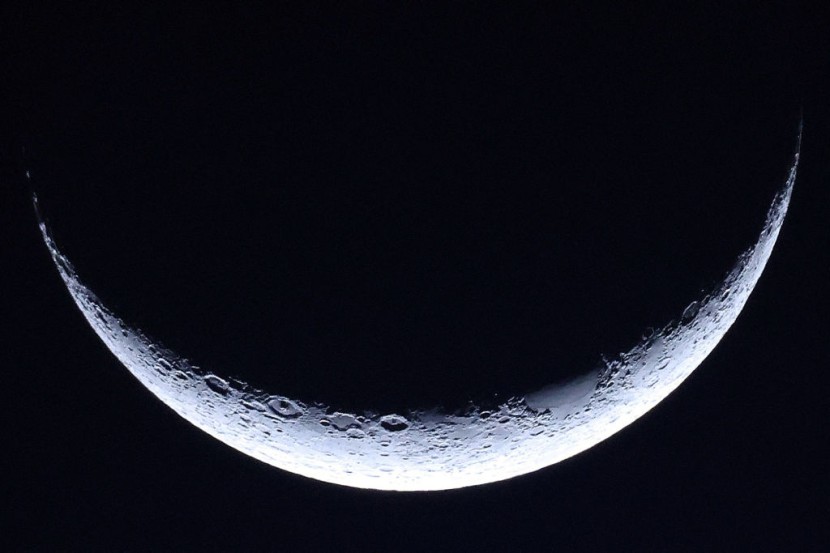
- Chinese scientists discover "substantial quantities" of water hidden in glass beads on the moon's surface
- The researchers estimate that there are roughly 270 billion tons of water stored across the lunar surface
- The researchers believe the finding provides crucial information in understanding the lunar water cycle
Chinese scientists who analyzed lunar samples from the moon discovered that the cosmic object could hold "substantial quantities" of water hidden in glass beads.
The discovery was revealed on Monday after China's lunar lander Chang'e 5 found and gathered lunar soil samples with impact glass beads. These were later found to contain massive amounts of water.
"Substantial Quantities" of Water Discovered on Moon
The glass beads are first created when an asteroid strikes the moon's surface, resulting in molten droplets that freeze and join the soil and dust. The researchers also estimate that the impact beads, which were spread across the lunar surface, could store up to 270 billion tons of water.
In a statement, the researchers said that the impact glass beads could preserve hydration signatures. They were also adept at displaying water abundance profiles consistent with the inward diffusion of solar wind-derived water, as per the New York Post.
The report theorizes about potential sources that could have contributed to the massive amounts of water on the lunar surface, as the specific origins remain "largely unknown." This includes implantation by the solar wind, outgassing of volatiles during volcanic activity on the moon, deposition of volatile-bearing pyroclastic deposits and minerals, and delivery by comets and asteroids hitting the moon.
The samples that the Chinese scientists analyzed were gathered from the moon and returned to Earth in the 1970s. The findings provide additional information to answer one of the questions that scientists ponder about the moon, which is how much water is stored, especially in regions outside the lunar poles. These are areas where water ice could exist in greater amounts.
Furthermore, the study provides information to fill in some gaps in the theory regarding the lunar water cycle. It adds that for the moon to maintain a water cycle, there needs to be a hydrated layer deep in the lunar soils.
Chinese Scientists Analyze Hundreds of Lunar Soil Samples
The authors of the research sought to identify a potential water reservoir by conducting additional investigations of the glass beads that formed during asteroid impacts on the moon. Fortunately, scientists discovered massive amounts of water hidden inside these glass beads, according to CNN.
The researchers, including individuals from Nanjing University and the Chinese Academy of Sciences (CAS), selected 150 samples to analyze. The sizes of the samples ranged from 50 micrometers to roughly one millimeter.
Prof. Sen Hu led the study from the Institute of Geology and Geophysics (IGG) of the CAS. The latest discovery comes as many lunar missions have already confirmed the presence of structural water or water ice on our planet's satellite.
Huicun, a doctoral student under the guidance of Sen, was the one who proposed that impact glass beads could be a potential candidate for investigation as the hydrated layer needed in the lunar water cycle, said SciTechDaily.
Related Article : Totally Dark Planets May Exist; Here's How You May Find One!








